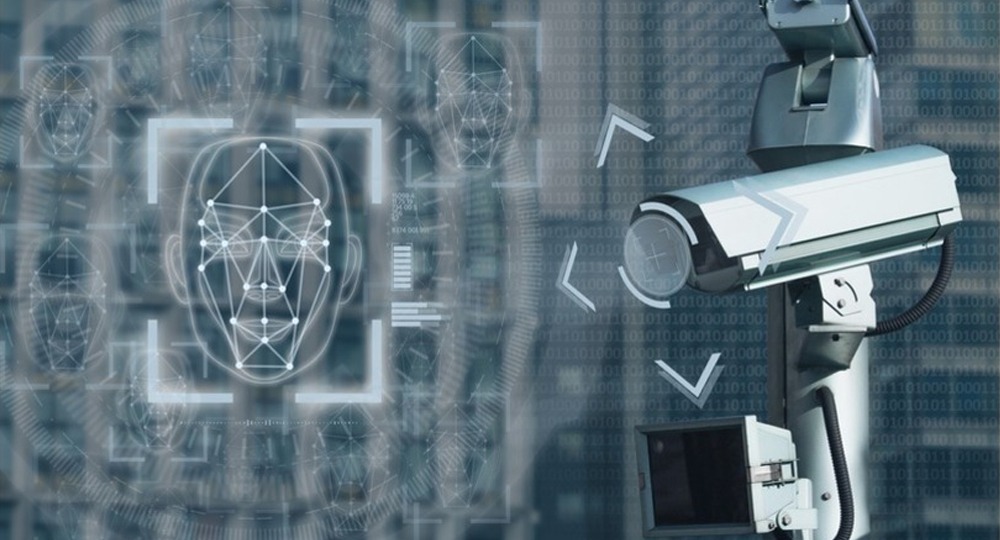Neuromorphic AI Hardware for Edge-Based Facial Recognition

KEY INFORMATION
Infocomm - Video/Image Analysis & Computer Vision
TECHNOLOGY OVERVIEW
Facial recognition systems or tools identifying and measuring facial features in a video image have gained traction in recent years for applications such as smart surveillance. Such systems which may either be cloud or edge-based, often require real-time computations done in order to meet operational requirements. Edge-computing while providing benefits such as lower latencies and data privacy, are challenged by computational constraints of edge devices.
Addressing this challenge, a Singapore company has developed a Neuromorphic AI-based solution that enables facial recognition by combining pre-processed real-time video data with recognition capabilities. The low-power edge AI solution allows computing to be carried out at the camera location with adaptive learning capabilities. Neuromorphic computing, which mimics the neural structure of the human brain, represents a novel approach in artificial intelligence and offers significant benefits for facial recognition technologies, including lower power consumption, faster processing speeds, and improved learning capabilities.
The tech owner is seeking partners such as camera system manufacturers and system integrators to co-develop or testbed the technology for video surveillance applications.
TECHNOLOGY FEATURES & SPECIFICATIONS
Technical specifications* of the Facial Recognition system
- Able to achieve 96% accuracy under optimal lighting conditions, and at allowable head rotation of ±15 degrees
- System can be interfaced with 8, 16 and 32 channels of security video channels
Face Detection
- Detection of multiple faces in a photo, as well as on thermal images
- Detection speed – (webcam resolution ±15° in plane head rotation): 0.0081 seconds
Facial Feature Detection
- Detection of 70 facial feature points
- Detection time – (excluding face detection stage): 0.00027 seconds (3733 FPS)
Eye Center Detection
- Detection time (eye centres only, not including face detection stage): 0.00027 seconds (3752 FPS)
- Gender Recognition (different genders, not including face and facial feature detection stages): 0.0039 seconds
Facial Expression Recognition
- Recognizes if the subject smiles and if the eyes are open or closed.
- Expression recognition time (not including face and facial feature detection stages): 0.0043 seconds.
*Preliminary specfications as measured on AMD Ryzen 5 1600X processor with 12 threads
POTENTIAL APPLICATIONS
Potential applications include (but not limited to):
- Video surveillance
- Security access control and biometrics
- On-the-fly registration and ID checks via webcam (e.g., Healthcare, Finance)
- Mobile, remote applications without consistent network connectivity
Market Trends & Opportunities
The global video analytics market is anticipated to grow at a CAGR of 23.4% to gain $20.3 billion by 2027, according to a report by MarketsandMarkets. The edge-based segment is expected to grow at a higher CAGR during the forecast period. In the edge-based architecture, video analytics is embedded into the camera and the video there itself. Advancements in deep learning and its integration with the edge system are expected to drive its adoption in the coming years.
Unique Value Proposition
- High speed parallel processing – able to process complex tasks at high speed
- Adaptive learning – able to carry out anomaly detection and learning on-the-fly
- Training with minimal dataset – system is able to start working with minimal sample dataset
- Low-power edge AI - No GPU required
